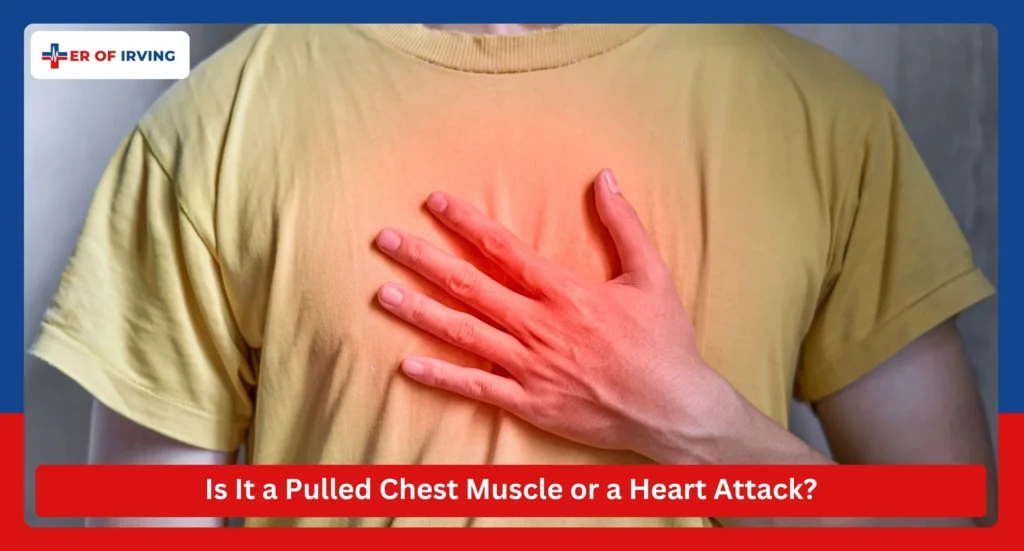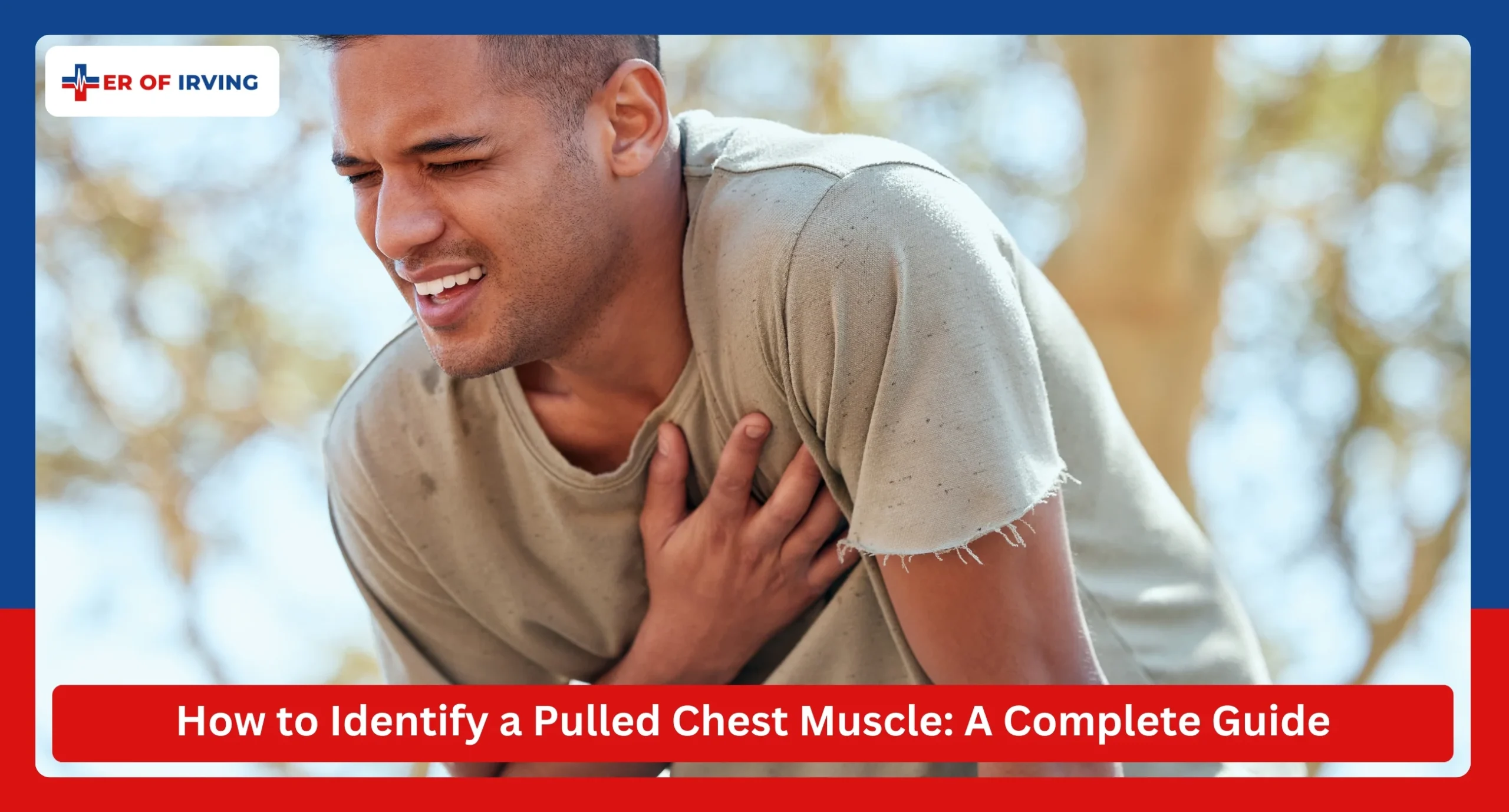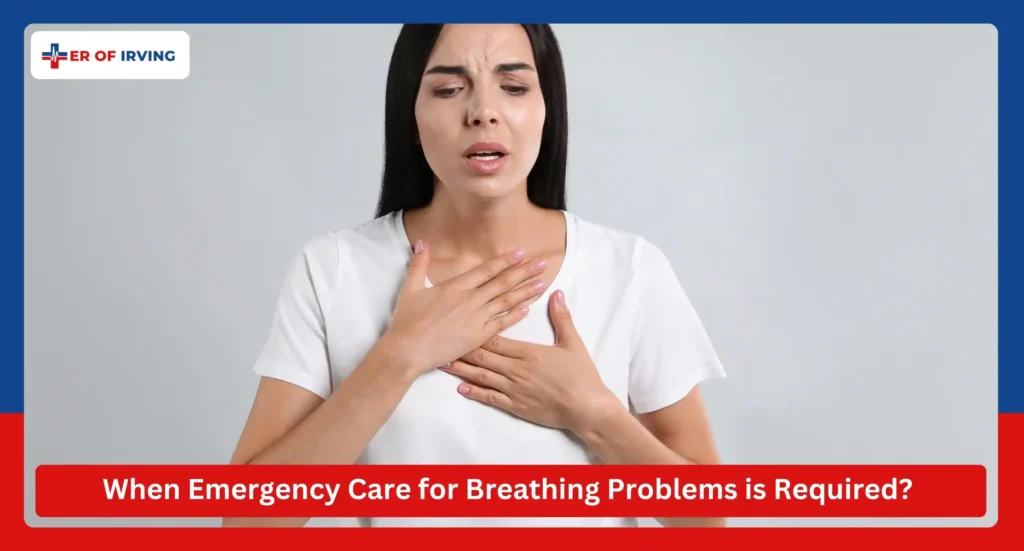Chest pain is one of the most alarming symptoms a person can experience, and understandably so. While many immediately think of heart-related issues, a surprising number of chest pain cases stem from something far less dangerous but still painful: a pulled or strained chest muscle.
This type of injury can occur during exercise, lifting, coughing, or even reaching awkwardly. A strained chest muscle can cause sharp, localized pain that worsens with movement or deep breaths. But how do you know if it’s just a pulled muscle or something more serious?
This guide will help you understand the causes, signs, diagnosis, and recovery process, and when to seek medical evaluation to stay safe.
What Is a Pulled Chest Muscle?
A pulled chest muscle, or chest muscle strain, occurs when the muscle fibers in the chest (typically the pectoralis major or minor) are overstretched or torn. These muscles help with arm movement, breathing, and posture, so injury here can cause significant discomfort.
Chest muscle strains are classified in three grades:
- Grade I: Mild stretching or microscopic tears, minor pain
- Grade II: Partial tear with more noticeable pain and limited function
- Grade III: Complete muscle tear, severe pain, and possible swelling or bruising
Is It a Pulled Chest Muscle or a Heart Attack?

Differentiating between a pulled chest muscle and a heart attack is essential for safety:
- Pulled Chest Muscle: Pain is localized, tied to movement or pressure, and may include tightness or bruising without widespread effects.
- Heart Attack: Characterized by intense, persistent pressure radiating to the arm or jaw, with nausea, sweating, or shortness of breath.
If chest pain strikes suddenly during exertion with systemic signs like dizziness or fainting, seek immediate emergency evaluation. An initial assessment can direct you to appropriate care and specialist referrals.
| Symptom | Pulled Chest Muscle | Heart Attack |
| Pain location | One side of the chest, often localized | Central chest can radiate to arms/jaw/back |
| Pain onset | After movement or injury | It can occur suddenly at rest |
| Type of pain | Sharp, worsens with movement or breathing | Pressure, squeezing, heaviness |
| Relief with rest | May improve with stillness or heat packs | Usually persists despite rest |
| Other symptoms | Muscle tenderness, swelling | Nausea, shortness of breath, and sweating |
Always seek emergency evaluation services if you’re unsure, especially if chest pain comes with shortness of breath, dizziness, or nausea.
What Causes a Strained Chest Muscle?
A variety of activities can lead to a chest muscle strain. Overuse, improper lifting techniques, or sudden exertion are the most frequent culprits.
For example, lifting a heavy object above your head without proper posture can suddenly overload the pectoral muscles, causing small tears. Contact sports like football or wrestling can also cause trauma to the chest, leading to strain.
Another overlooked cause is prolonged or forceful coughing. During a respiratory infection, repeated coughing fits can fatigue and overstretch chest wall muscles. Similarly, sneezing, twisting the torso, or even stretching awkwardly can provoke a muscle pull.
What Are the Symptoms of Strained Chest Muscles?

A strained chest muscle presents with a range of symptoms that can vary depending on severity. You may experience:
- Localized chest pain: Often sharp, this pain tends to increase with movement, especially when reaching, twisting, or lifting.
- Pain that worsens with breathing or coughing: Taking deep breaths can stretch the muscle further, leading to more discomfort.
- Muscle tenderness: The affected area may feel sore when touched or pressed.
- Swelling or bruising: In moderate to severe strains, inflammation and skin discoloration may occur.
- Restricted mobility: You might notice a limited range of motion in the arms or shoulders due to pain or stiffness.
These symptoms typically point to a muscular cause, but again, never assume. If symptoms are severe or you feel unsure, seek professional evaluation.
What Are the Best Ways to Treat a Pulled Chest Muscle?
Most mild to moderate strains respond well to home care. Here’s what you should do:
1. Rest
Avoid activities that strain the chest, such as lifting, pushing, or reaching. Let the muscle recover before returning to normal movement.
2. Ice
Apply a cold pack to the affected area for 15–20 minutes several times a day during the first 48–72 hours. This helps reduce inflammation and numbs pain.
3. Heat
After initial inflammation has decreased, warm compresses can help relax muscles and increase blood flow to aid healing.
4. Gentle Support
In some cases, wrapping the chest with a compression bandage may provide relief, but avoid wrapping too tightly, as this can restrict breathing.
What Are the Other Causes of Chest Pain?
While muscle strain is a common cause of chest pain, many other medical conditions can produce similar symptoms. These include:
- Gastroesophageal reflux disease (GERD): Stomach acid backing up into the esophagus can cause a burning sensation that mimics chest pain.
- Costochondritis: This is inflammation of the cartilage that connects your ribs to your breastbone, causing tenderness in the chest wall.
- Pneumonia or pleuritis: Infections or inflammation in the lungs or pleura (the lining of the lungs) can lead to sharp, stabbing chest pain.
- Pulmonary embolism: A blood clot in the lungs is a life-threatening condition that can cause sudden chest pain and shortness of breath.
- Anxiety or panic attacks: These can present with chest tightness, rapid heartbeat, and shortness of breath that feels like a heart attack.
- Shingles: This viral infection may cause burning pain along one side of the chest before a rash appears.
Understanding these possibilities highlights the importance of getting evaluated when chest pain occurs, especially if it’s sudden or unusual.
When to Seek Help for Chest Pain

If chest pain persists, worsens, or includes symptoms like shortness of breath, sweating, or dizziness, immediate action is necessary. At ER of Irving, we offer 24/7 emergency evaluation, initial stabilization, and coordination with specialists to ensure accurate diagnosis and care. Don’t hesitate to seek help if uncertainty surrounds your symptoms.
FAQs
What’s the Recovery Time for a Pulled Chest Muscle?
Recovery depends on the severity of the strain:
- Mild strains may heal in 1–3 weeks with basic home care
- Moderate strains can take 4–6 weeks
- Severe tears, especially those requiring medical intervention, may take several months
Does a pulled chest muscle cause shortness of breath?
Yes, deep breathing may be painful due to tightness, but persistent breathlessness suggests a heart issue, seek emergency care if unsure.
What happens if a pulled chest muscle goes untreated?
Untreated strains can lead to chronic pain, further tears, or prolonged recovery, making early intervention key.
Can a pulled chest muscle heal on its own?
Mild strains may resolve with rest and ice in 2-3 weeks, but severe cases often require professional guidance.








